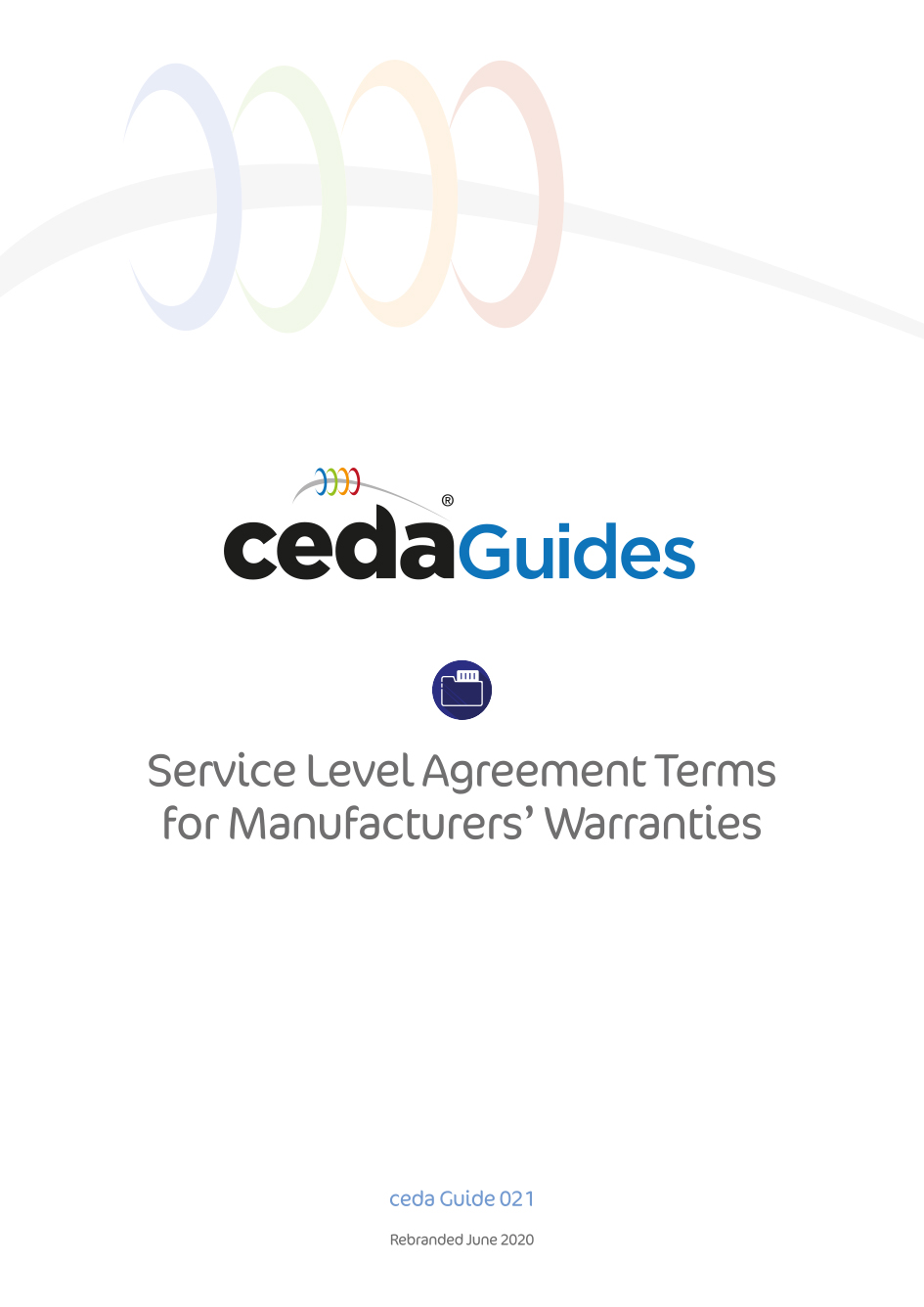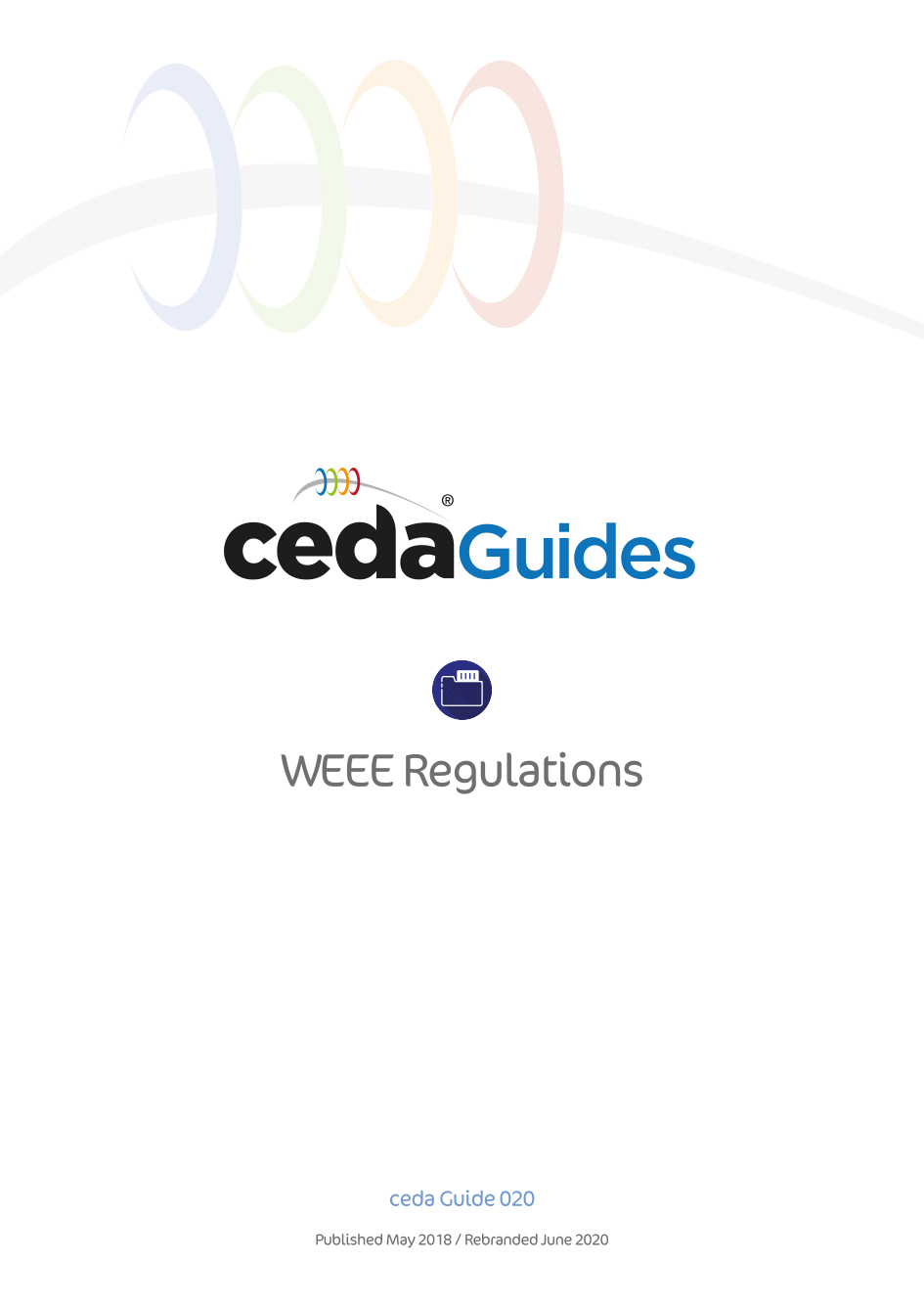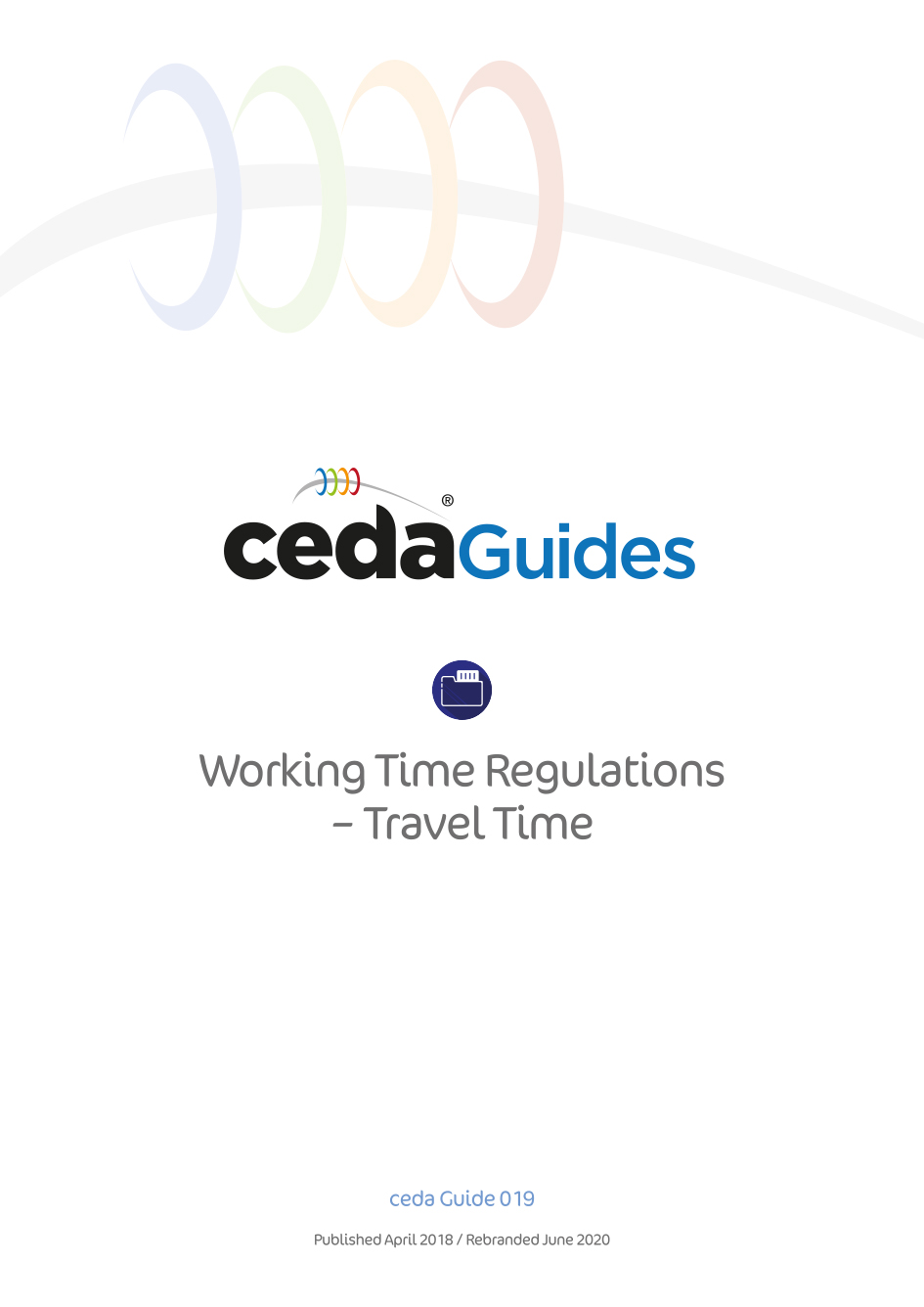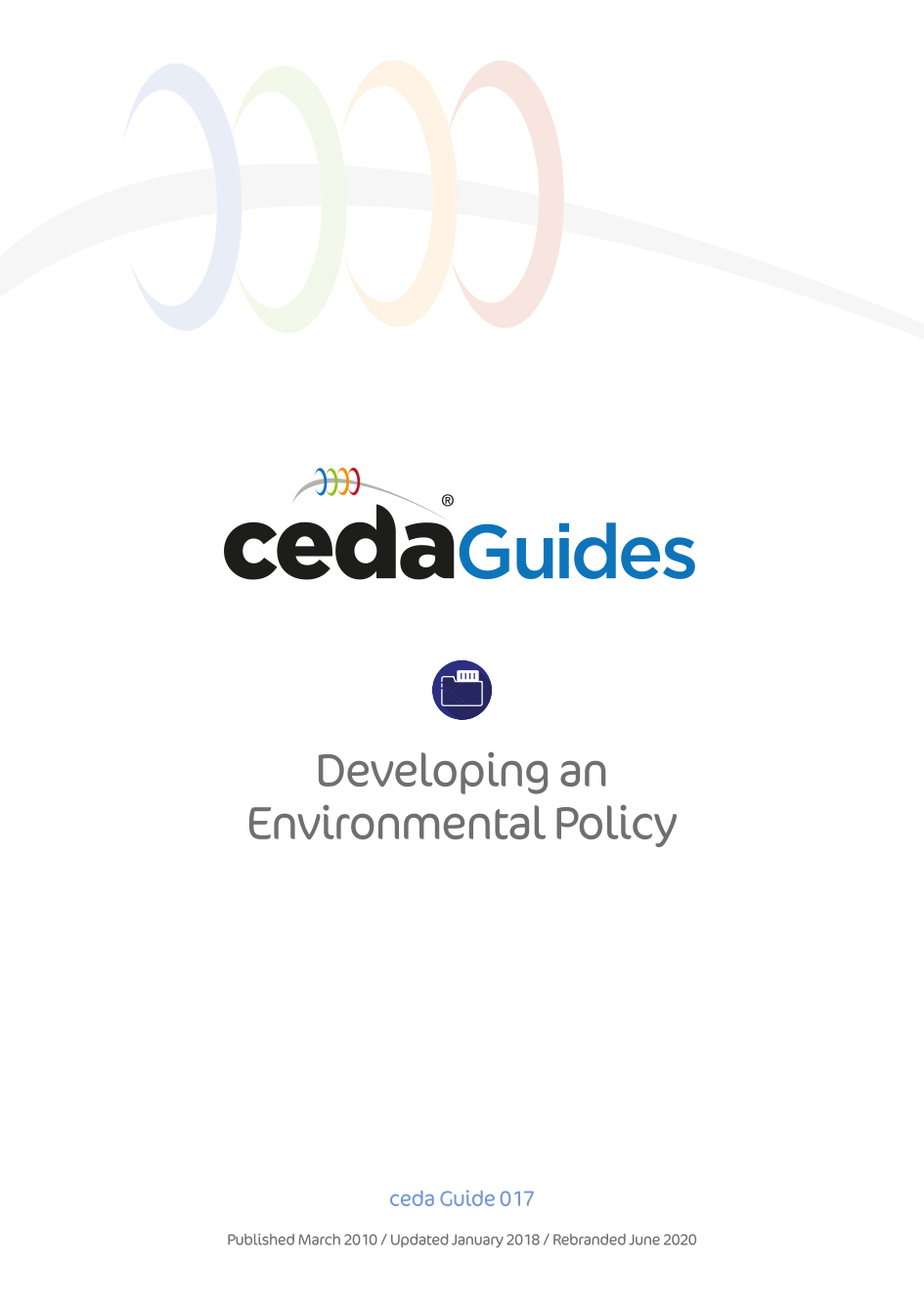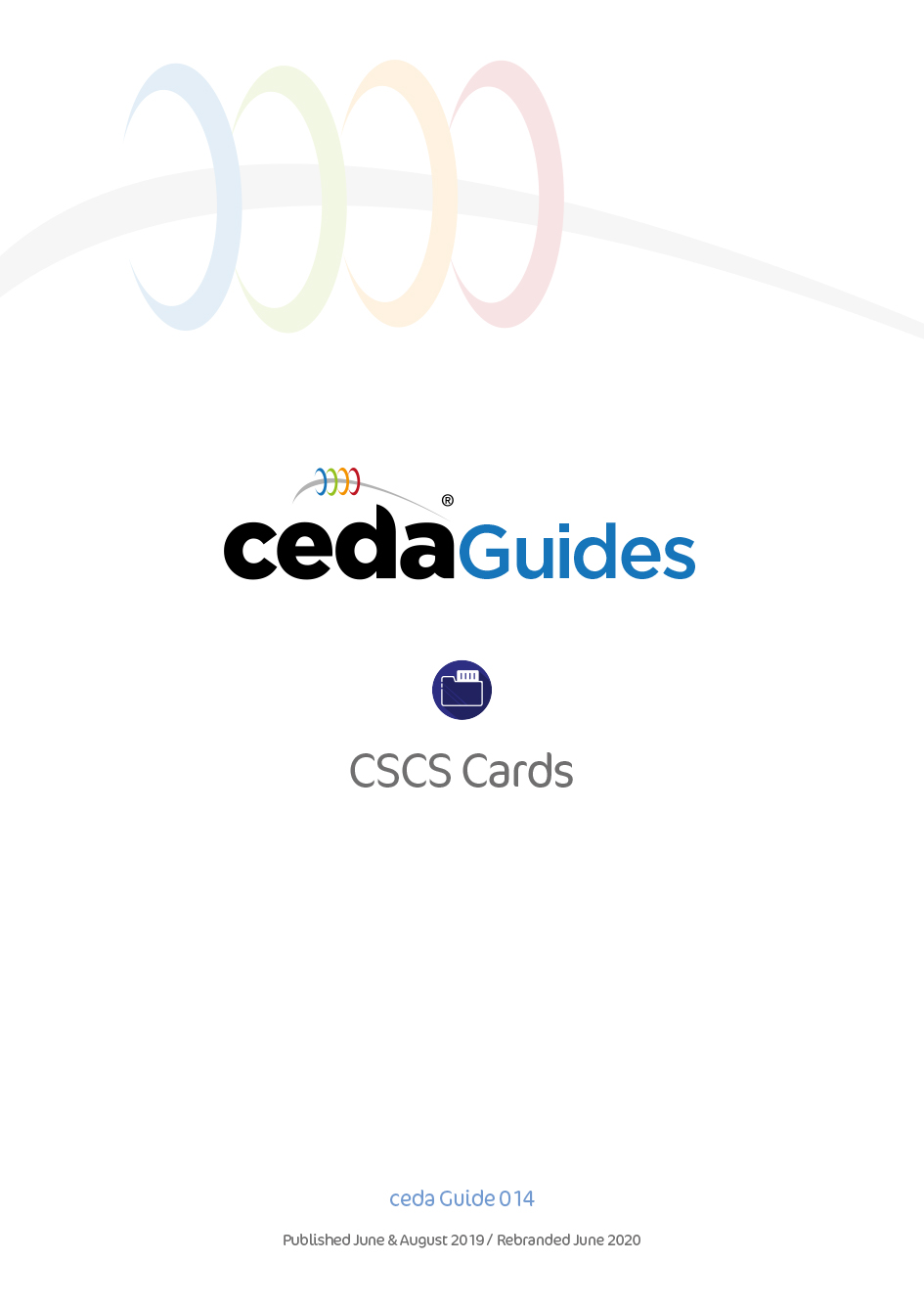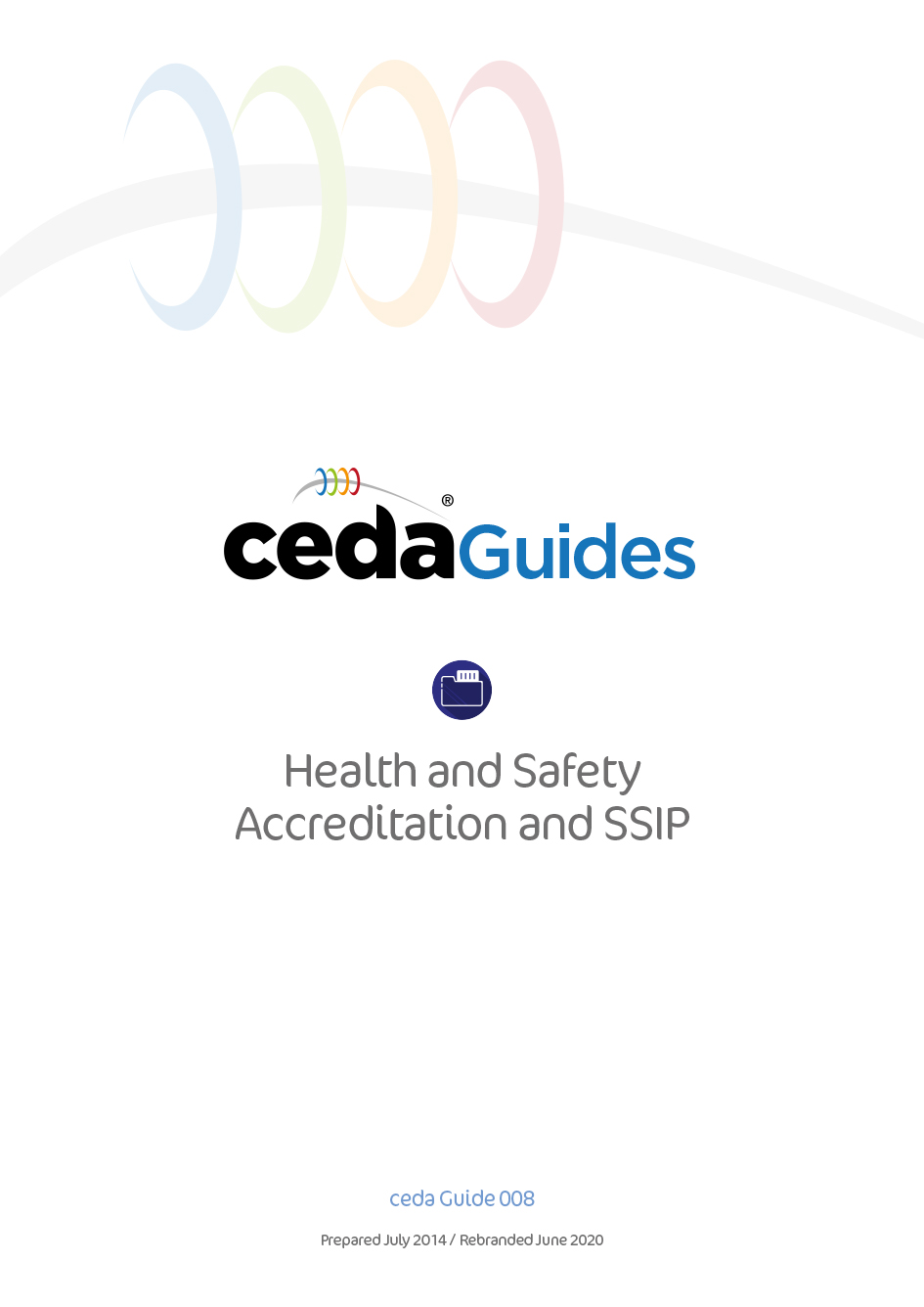Restricted content
Other Documents
Technical Guidance Document #023
A number of members have expressed concern at the growing use of computerised service management portals by customers and the fact that they can cause problems for service companies in getting paid if they are not used in exactly the correct manner. Indeed, some even penalise you with fines if you do not use them correctly.
There are many different portals systems now in operation (one member has to work with 16 different ones) and all of them are different in some way or other.
Published April 2019 / Re-branded June 2020
Download Link:
Guidance Document No 23 - Advice for Members Relating to Clients’ Service Management Portals
Restricted content
Other Documents
Technical Guidance Document #021
This policy is intended to act as a guide to manufacturers, distributors and customers and should be considered by the parties when agreeing the terms of warranty cover and related services.
These guideline terms do not, and should not, act as a substitute for the agreement of specific terms between manufacturers, distributors and customers. Each party should ensure that the complete terms of any agreement are set out in a separate, formalised contract which is signed and dated by all parties to it.
Published November 2018 / Re-branded June 2020
Download Link:
Guidance Document No 21 - Service Level Agreement Terms for Manufacturers’ Warranties
Restricted content
Other Documents
Technical Guidance Document #020
This guidance document has been created following a request from an end user for clarification as to whether they had to pay for the removal of redundant equipment.
Published May 2018 / Re-branded June 2020
Download Link:
Guidance Document No 20 - WEEE Regulations
Restricted content
Other Documents
Technical Guidance Document #019
From recent responses to a request from a member asking whether other members paid engineers for travelling time from their home to the first call and from the last call to home it was apparent that many members were not aware of the requirements of the Working Time Regulations which are the UK regulations based on the EU Working Time Directive.
Published April 2018 / Re-branded June 2020
Download Link:
Guidance Document No 19 v2 - Working Time Regulations
Restricted content
Other Documents
Technical Guidance Document #017
An environmental policy is a written statement, usually signed by senior management, which outlines a business’ aims and principles in relation to managing the environmental effects and aspects of its operations.
Having an environmental policy is essential if you want to implement an environmental management system. It’s also vital if you currently work or intend to work with large organisations, or if you need to demonstrate to customers and other stakeholders that you are committed to managing your environmental impacts in a responsible way.
Published March 2010 / Updated January 2018 / Re-branded June 2020
Download Link:
Guidance Document No 17 - Developing an Environmental Policy
Restricted content
Other Documents
Technical Guidance Document #014
ceda Guidance Document Number 14 Update (dated June 2019) explained that JIB-PMES currently provide a black “managers” CSCS card and one of the options that they accept, other than an NVQ, is evidence of two years’ experience which makes it a relatively easy card to obtain.
Published June and August 2019 / Re-branded June 2020
Download Link:
Guidance Document No 14 v2 - CSCS Cards
Restricted content
Other Documents
Guidance Document #008
Many large customers and in particular facilities management companies and main contractors insist on suppliers having Health and Safety accreditation through their own preferred accreditation scheme.
Prepared July 2014 / Re-branded June 2020
Download Link:
Guidance Document No 8 - Health and Safety Accreditation and SSIP














